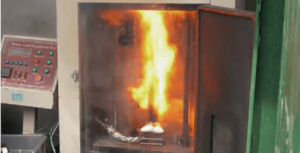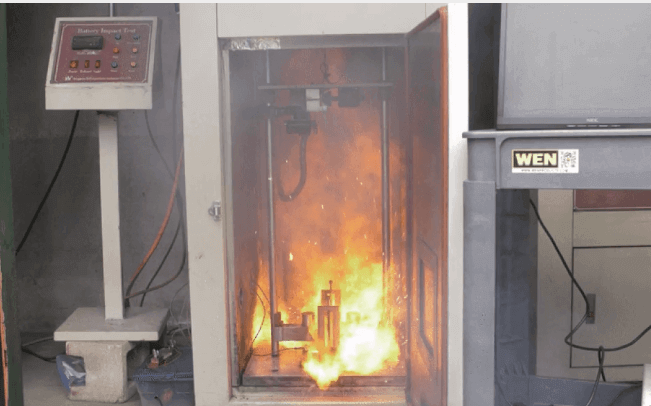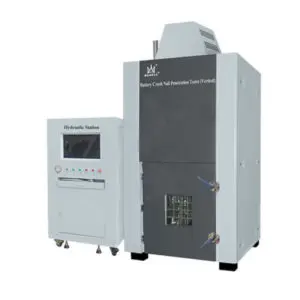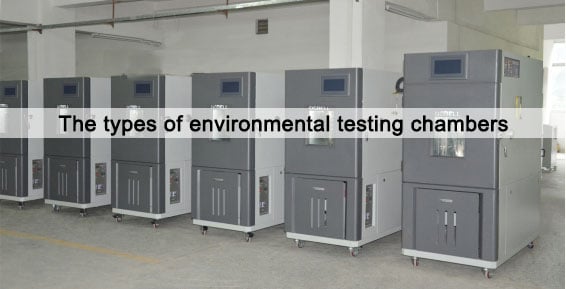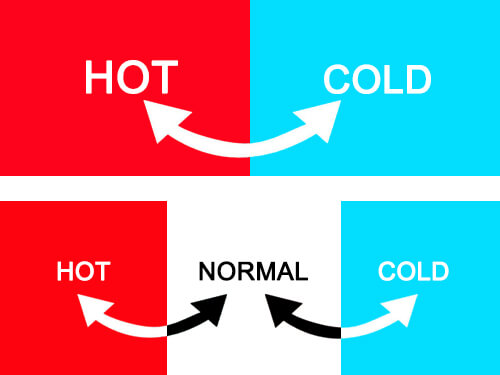Environmental testing type
Environmental chamber testing usually uses a single-factor test and multi-factor combination test, which act on the products in a certain order.
To improve the accuracy and reliability of the test results, environmental tests have also begun to develop comprehensive tests, and actively develop large-scale multi-functional environmental test equipment that can simultaneously apply stress such as temperature, humidity, vibration, radiation, sand, wind, and rain.
The main types of environmental testing chambers :
-
Climate environmental testing chambers
Applicable standards are GB2423, GJB150A, GJB4, IEC60068, GJB1032, GJB322A, GJB360A, GJB548, GB4208, GJB899, TB3021, etc.
High-temperature test chamber, low-temperature test chamber, temperature impact test chamber, temperature change testing chamber, rapid temperature change testing chamber (temperature change rate up to 15 degrees/min), high temperature aging testing chamber, temperature cycle testing chamber, benchtop temperature chambers, etc.
-
Humidity (humid)test chamber
Constant damp heat test chamber, alternating damp heat test chamber, high temperature and high humid test chamber, benchtop humidity chamber, etc.
-
Shell protection grade test chamber
IP42, IP44, P54, IP55, IP65, IP66, IP67, IP68 protection level certification, and testing chamber services;
Salt spray corrosion tester (neutral salt spray tester, alternating salt spray tester, acid salt spray tester), damp heat tester (constant damp heat, alternating damp heat), etc ;
Simulated high altitude test chamber, solar radiation test chamber, rain spray test environmental chamber, sand and dust test chamber, benchtop environmental chamber, walk-in environmental chambers, etc.
-
Mechanical environment testing chambers
Applicable standards are GB2423, GJB150A, GJB4, IEC60068, GJB1032, GJB322A, GJB360A, GJB548, TB3058, GJB899, GB / T21563, ISO16750, etc.
Sine vibration tester (sweep frequency endurance tester), random vibration tester, broadband random vibration tester, narrow-band random vibration tester, etc.
Thermal shock chamber, the semi-sine wave mechanical shock tester, after peak sawtooth wave shock tester, shock response spectrum tester, temperature shock chamber, etc.
Drop tester (free fall, repeated drop), collision tester, acceleration tester, thermal cycling chambers, walk-in test chambers, etc.
-
Comprehensive environmental reliability testing chamber
The applicable standards are GB2423, GJB150A, GJB899, etc.
Temperature and humidity combined testing chamber, temperature, and humidity and vibration comprehensive test chamber (three comprehensive test chamber), etc.
